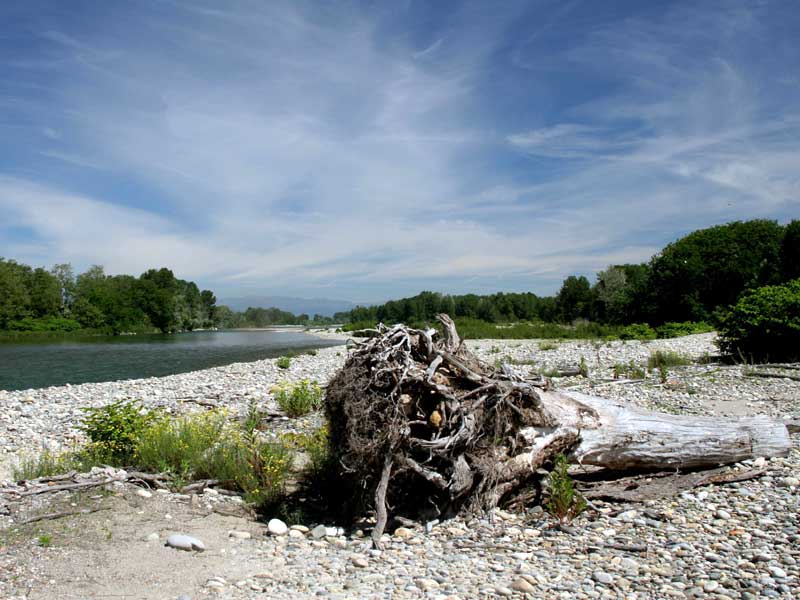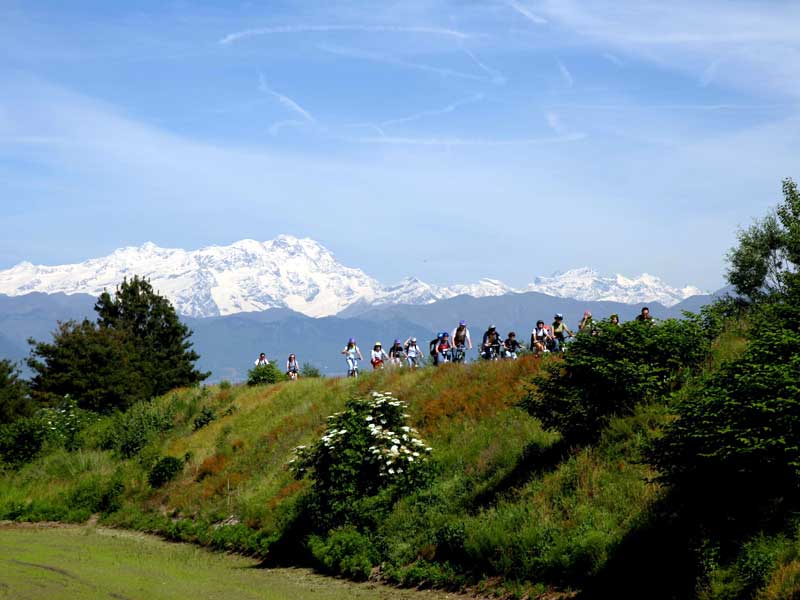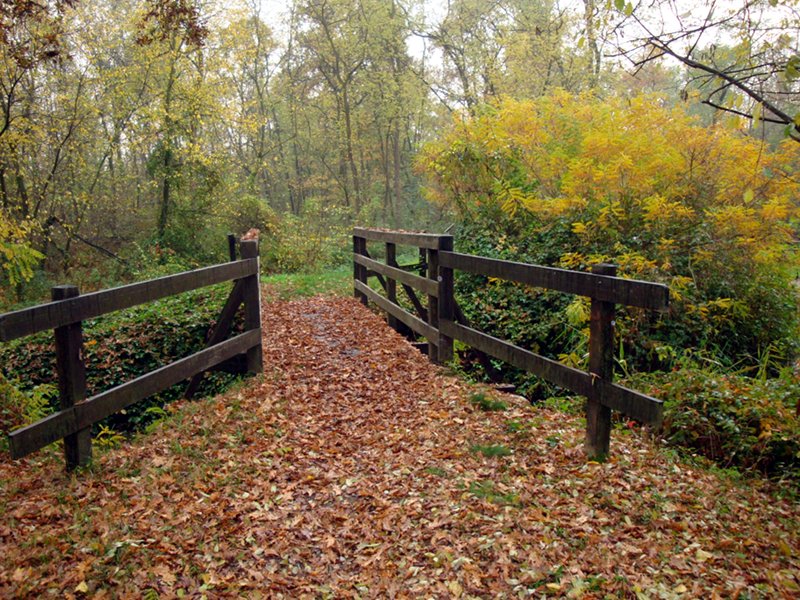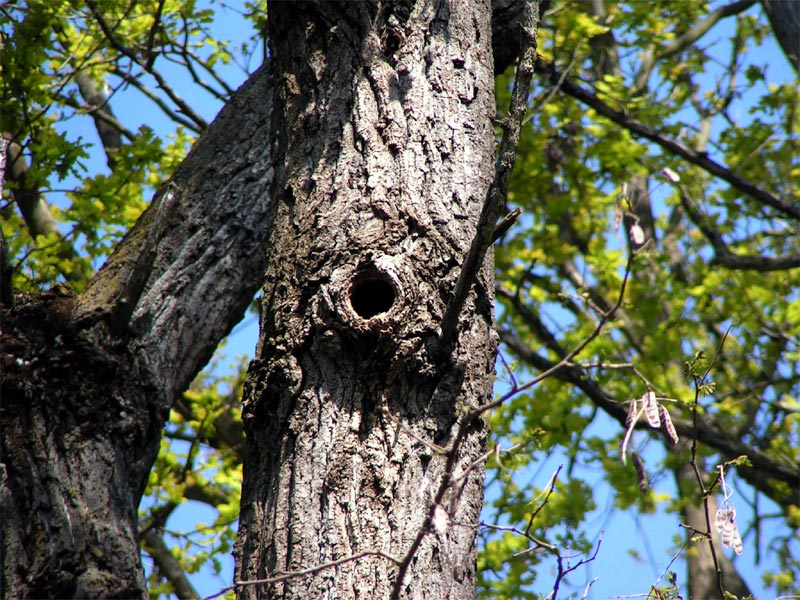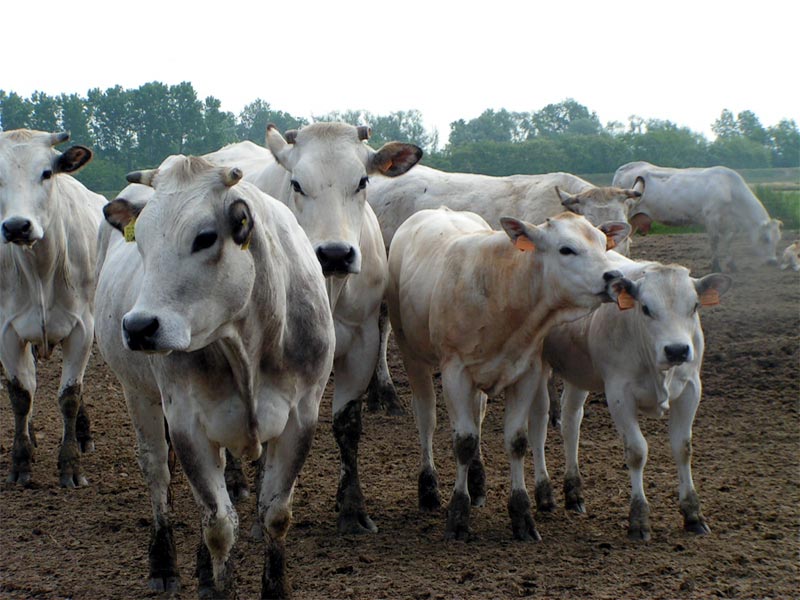Protected Area
Identity Card
- Land Surface Area: 830.00 ha
- Regions: Piemonte
- Provinces: Novara, Vercelli
- Municipalities: Albano Vercellese, Biandrate, Carisio, Casalbeltrame, Casalino, Greggio, Oldenico, San Nazzaro Sesia, Villarboit, Villata
- Establishment Measures: LR 55 23/08/1978
- PA Official List: EUAP0220
Park and Nature Reserves
Lame del Sesia (Italian text)
(Nature Park)
The so-called "lame" (swamp formations or expanses of water deriving from loops abandoned by the river) are dominated by hygrophilous and mesophilous species: common reed, bulrush, yellow flag, rush, several sedges, and the characteristic species floating on the water surface, that is the common duckweed and the pond water starwort. Next to the riverbed there is a strip of willows, not very stable because it depends on the flow of Sesia while, a little farther from the river towards the inland, where the conditions are more favorable, there is a more constant vegetation dominated by one of the most characteristic species of the Po Plain woodland, the pedunculate oak, growing together with manna ash, lime tree, and field maple. Also an exotic tree coming from Northern America settled here a few decades ago, changing more or less deeply the woodlands: the black locust tree. The undergrowth consists of shrub species playing an essential role in sheltering and feeding the birds. The Park wildlife is rich in mammals like the squirrel, the dormouse, the hazel dormouse, the badger, the polecat, the fox, the hare, the rabbit, the weasel, and the wild boar. The birds are event more interesting: they are represented by over 190 species, 70 of which are nesting here (they include the gray heron, the little egret, and the sacred ibis).
It is possible to visit the Park all year round, either on self-guided and equipped routes or during specific didactic activities. An ornithological museum is also available in the Park Head Offices.
Isolone di Oldenico (Italian text)
(Special Nature Reserve)
The Nature Reserve is situated on an island between two river branches and includes a woodland of poplars, willows, and black locust trees. The top of the highest trees becomes the nest of the gray heron, while the lowest branches are shared by little egrets and night herons. As a matter of fact, it is here that thousands of different species of herons live. Many of them come from the wintering sites and build their nest here. Among the trees, a wonderful natural heronry characterized by one of the largest bird populations of Italy (2,000 couples in 2010) houses little egrets, gray herons, night herons, cormorants, and cattle egrets. A few years ago the spoonbills nested here - the one and only case in Italy - while since 1995 some sacred ibis have settled.
(No admittance, except for research reasons. The ornithological species can be observed from the special bird watching hut placed along the perimeter of the Nature Reserve).
Garzaia di Carisio (Italian text)
(Special Nature Reserve)
The heronry is situated along the banks of torrent Elvo in the Municipality of Carisio, in an area consisting of rice fields, poplar groves, flood plain woodlands of willows and poplars growing together with rare pedunculate oaks and manna ash, as well as large black locust formations developed after the cut of the oak groves which took place before the establishment of the Nature Reserve. Starting from a rather complex initial situation, since the establishment of the Nature Reserve the heronry has developed again and the nesting couples of night herons, little egrets, and gray herons are considerably increasing (about 1,900 nests have been recorded in 2010).
(No admittance, except for research reasons).
Garzaia di Villarboit (Italian text)
(Special Nature Reserve)
The Nature Reserve, situated in a detached position in the west of the Park, represents a relict of the initial plain oak-hornbeam formation, even if contaminated by the ever-present black locust tree, where it is possible to find interesting species like the hornbeam, not very widespread in the Park, the cherry tree, and the Turkey oak. As far as wildlife is concerned, the Nature Reserve offers ideal features for the nesting of little egrets, night herons, and squacco herons (in the past very widespread in the area, but since 1978, because of serious disturbance actions, now disappeared), for which torrent Marchiazza and the surrounding rice fields represent an ideal reserve of food. Bird species that are not typical aquatic species also live in the heronry, like the Long-eared Owl and the Sparrow Hawk.
(No admittance, except for research reasons).
Palude di Casalbeltrame (Italian text)
(Special Nature Reserve used for specific purposes)
Entirely surrounded by rice fields, partly belonging to the Nature Reserve used for specific purposes where various natural formations like hygrophilous woodland, willow grove, canebrake, and wet meadow have been artificially created, it represents the ideal habitat for several species of resident and nesting birds, as well as a stop for the migratory species traveling along the strip between Ticino and Sesia. Among them the common teal, the moorhen, the little grebe, the great egret, the gray heron, the cattle egret, the bittern, the little bittern, the little egret, and the black-winged stilt. Several hundreds of sacred ibis also spend the winter here.
(No admittance, except during the opening days, only along the marked trails or together with a tour guide authorized by the Park).
Nature
(the following links lead to Italian texts)
Flora
Fauna


